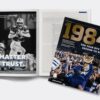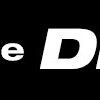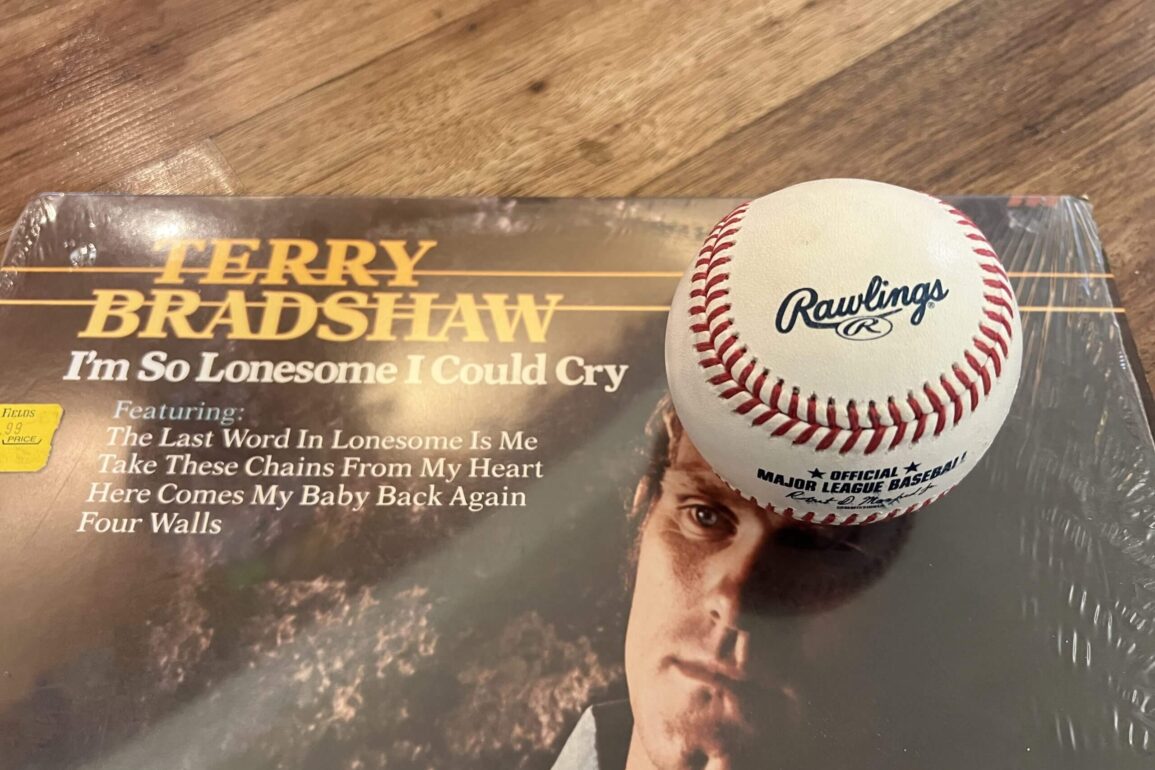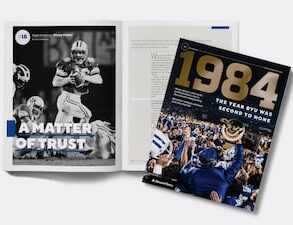It wouldn’t be fair to describe the joint article from Jayson Stark, Ken Rosenthal and Eno Sarris about the “shrinking” MLB strike zone as a bombshell. It’s a fascinating and necessary story, but the net result is roughly one fewer called strike per game, on average, according to Statcast data. That’s a literal game changer, in the sense that it affects actual games, but it’s not a figurative game changer that will force everyone to reevaluate the sport.
Advertisement
At the same time, it’s impossible not to think the Giants will be affected more than any other team in baseball.
A quick recap: Until this season, umpires were given a passing grade on ball-and-strike calls within 2 inches of the actual zone, and now that buffer zone has shrunk to three-quarters of an inch, inside and outside the strike zone (1.5 inches total). To put this into perspective, look at a baseball. The seams make a horseshoe shape when they’re the farthest apart, and the insides of those seams are about 2 inches apart. If an umpire called a strike that was a horseshoe outside of the zone, it was considered a “correct” call for grading purposes.
Here’s a picture of a baseball to help you visualize this. I’ve placed the ball on top of a Terry Bradshaw country album from 1976 in case it’s easier for you to visualize this using Terry Bradshaw’s head for scale instead:
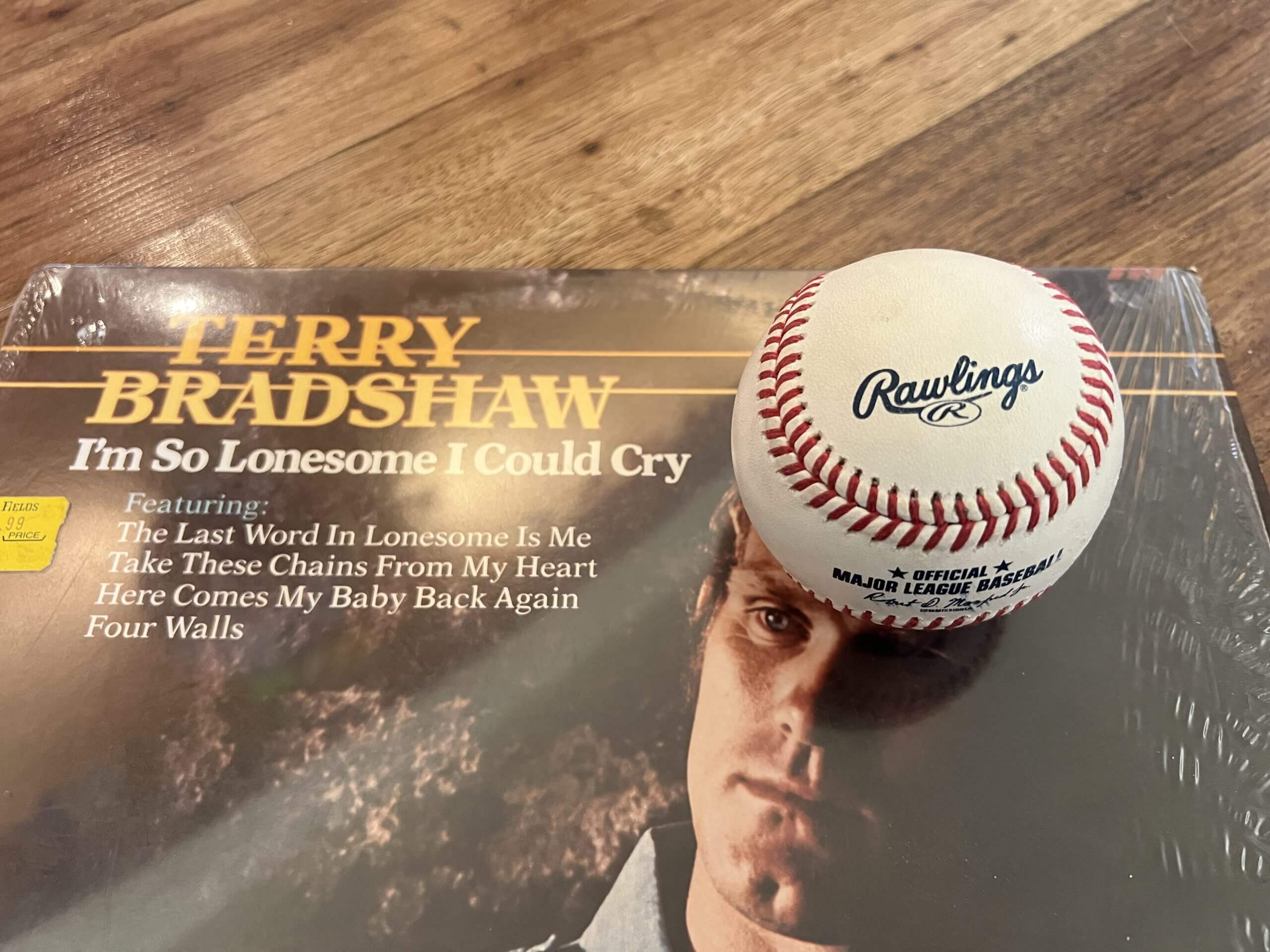
Terry Bradshaw’s version of “I’m So Lonesome I Could Cry” was released in 1976. (Grant Brisbee / The Athletic)
The strike zone’s rectangle has effectively shrunk by the start of the inside seam to the “l” in Rawlings. Up, down, inside, outside, it’s all about a half-baseball less than it used to be. Which is to say that it’s a half-baseball closer to where it should have been the whole time. The umpires were getting graded on a curve — occasionally a literal one — and now they’re getting graded on a much smaller curve.
Still, they say that baseball is a game of inches, and now they’re taking the danged inches away. We used to have Steve Jobs, Johnny Cash and Bob Hope, but now we have no jobs, no cash and no hope, and half of Terry Bradshaw’s head is missing. It’s a lot to process.
The claim that the Giants will be disproportionately impacted isn’t a spurious one, though. The average game might have one fewer strike called, but that’s assuming average catchers. The Giants don’t have an average catcher. They have Patrick Bailey, master of the dark strike-stealing arts. A lot of his value comes from his ability to frame pitches, which you might have read about when Baggs asked Bailey about the ABS system trials during spring training. In the same way that moving Triples Alley a couple of feet in would affect some hitters more than others, tightening up the strike zone affects Bailey more than most of his peers.
Advertisement
Last season, Bailey was the best pitch framer in baseball, and it wasn’t especially close. There are typically disagreements between sites like Baseball Prospectus, FanGraphs and Baseball Savant when it comes to defensive statistics, but they all agreed on this one. He won the Gold Glove with this skill, and he could have won the Platinum Glove for it. No player in baseball was affecting the game with his defense on every pitch more than Bailey.
With a lot of the other superior pitch framers, you’ll get some hot spots in one part of the strike zone and cold spots in others. Adley Rutschman was good at snapping back pitches on the third-base side of the strike zone over the past two seasons, but he was below average at pulling them up from the bottom. Yasmani Grandal was elite at pitches that were down and away to a right-handed hitter, but it came at a cost of high, inside strikes to them.
What was especially remarkable about Bailey’s framing over the past two seasons, though, is just how good it was in every octant of the strike zone’s perimeter. There weren’t dead spots for him. He was better than other catchers at pulling pitches back into the strike zone when they were inside, outside, high or low. It was a well-rounded ability that served him well trying to frame pitches for weirdos like Tyler Rogers, just as it served him well doing the same for relative normies like Daulton Jefferies and Mitch White. There wasn’t a strike he couldn’t steal.
However, that means that a blanket change with how the strike zone is enforced is going to dock someone like Bailey the most. Last season, he saved about 0.5 runs on every 100 called strikes. Here’s every catcher who qualified in 2024:
Runs saved per 100 called pitches, 2024
Jose Trevino might be the best framer in baseball, but he caught about half the number of innings as Bailey, so I’ll recklessly assume that a larger sample would have narrowed or eliminated the gap. Either way, it’s a skill that was there for Bailey in 2023, too.
This season, it’s a different story.
Runs saved per 100 called pitches, 2025
Sample-size concerns apply, of course, but it’s not exactly a tiny sample, even if the season is just one month old. And while Bailey has still been quite good, he isn’t lapping the field like he was. Maybe he’ll get back to his former run-saving rate as the season progresses, but it hasn’t happened so far.
Advertisement
Eno had a breakout article that looked for the pitchers who were most impacted by the changes this season, and if you’re like me, you immediately looked for Logan Webb’s name, especially once it looked like sinkerballers were disproportionately affected. Webb isn’t in there, which is a bit of a surprise. But zoom in on the one part of the strike zone where Bailey is suddenly average at pulling strikes in, which is at the top of the zone. That’s not where Webb wants to live.
The Giants do have pitchers who’ve traditionally used high, tempting pitches at the top edge of the zone, though. Here’s a tale of two seasons with pitchers the Giants are counting on this season, starting with 2024:
Shadow strike %, top of the zone (2024)
|
Pitcher
|
Shadow balls
|
Shadow strikes
|
Strike call %
|
|---|---|---|---|
|
47 |
57 |
54.8% |
|
|
21 |
18 |
46.2% |
Now this season:
Shadow strike %, top of the zone (2025)
|
Pitcher
|
Shadow balls
|
Shadow strikes
|
Strike call %
|
|---|---|---|---|
|
33 |
8 |
19.5% |
|
|
27 |
8 |
22.9% |
Those aren’t the only pitchers who might be affected if Bailey’s skills are being devalued at the top of the zone, but they’re the most obvious, and the data supports the idea that a lot of the unsaved runs are coming at their expense.
If you’re outraged, you shouldn’t be. Again, we’re talking about the strike zone being enforced more rigorously, but there’s still a buffer zone for some of the non-strikes. The non-strikes are still getting called strikes! There are just fewer of them. If you’re not in the tank for Bailey and his ability to annoy opposing batters, you might even think this development is a positive one. Score one for the fairness fetishists.
If you’re in the tank for Bailey and his elite strike-stealing, well, the early returns are that this kind of stinks.
Either way, it’s something the Giants are going to have to adjust to. It’s probably something they’ve adjusted to already, if this passage from the Rosenthal/Stark/Sarris story is any indication:
(Pitchers, catchers, pitching coaches and analytics-driven front offices) say the shift in how balls and strikes are now called is already having an impact on game-planning, pitch sequencing, pitch framing techniques, evaluation models and even roster construction.
Advertisement
Maybe Bailey opens up a similar gap between himself and the rest of the league once the Giants sift through all the data and come up with an attack plan. Maybe it’s an adjustment that can be made quickly. Maybe it will require a more substantial change. Or maybe we’re still in the land of sample-size gremlins, and Bailey will storm back to the top of these leaderboards with his well-rounded strike-stealing approach without making any major adjustments at all.
Either way, balls and strikes are being called differently in 2025, and it’s plausible that the Giants will be affected more than most teams. What had been one of the roster’s greatest strengths over the past two seasons is now merely a normal-sized strength. Adjust your expectations accordingly. (And maybe roll your eyes a bit at the people in charge. They don’t have to keep screwing around with the details of the sport, you know.)
(Photo: Ezra Shaw / Getty Images)
This post was originally published on this site be sure to check out more of their content.


